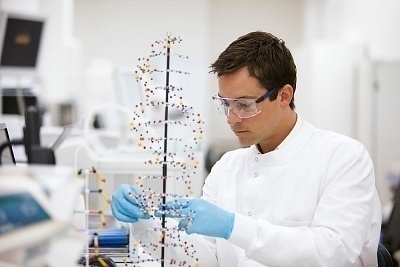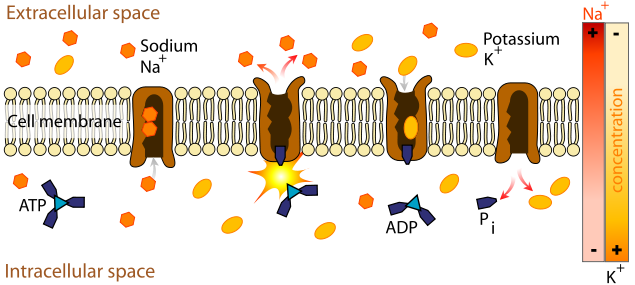Left handedness is a person's preference in using the left hand over the right hand which, when considering the number of people, is relatively rare. It is believed that anywhere from seven to ten percent of the adult population is left handed. The rest are predominately right handed.
The fundamental problem when discussing left handedness is determining the cause. Scientists have many theories with a lot of research to back it up, but different theories all have that research. Therefore, there is no single cause of left handedness, but there are genetic and prenatal conditions that can result in left handedness.
Left Handedness and Genetics
In 2007, researchers found a gene, LRRTM1, that increased the likelihood of left handedness in the baby. This is the first gene to suggest a preference in handedness. LRRTM1 stands for Leucine-rich repeat transmembrane neuronal protein 1. In other words, it's a protein, as all genes are, that potentially increase the likelihood of a person having left handedness. Unfortunately, it's not a definite and the gene presence does not automatically guarantee a left handed baby.
According to the study, handedness is not directly inherited. The study said that 26% of the time that kids whose parents both had left handedness would be left handed. This is higher than the 7 to 10 percent of people who have it, so it does suggest inheritance. However, it's not a direct correlation of a dominant genetic trait.
Left Handedness and Testosterone
According to the Geschwind-Galaburda hypothesis, male twins are more likely to be left handed. The reason for this is because, as two males develop, there is an increased amount of testosterone. The hypothesis suggested that more testosterone during the prenatal months leads to an increased likelihood of a left handed baby. This can explain why more men than women are left handed. Testosterone is the male sex hormone. However, studies have since come out debunking this theory; yet, it still caries prevalence because there is an increased amount of left handedness when there is a higher amount of testosterone.
Regardless of the theory and the reason, early on, parents can figure out whether their child will be left handed or right handed. When looking at ultrasounds, pay attention to the hand movement. If the left hand is near the mouth, that's the preferred hand. If the right hand is near the mouth, that's the preferred hand. The preferred hand typically leads to handedness.




Follow Us!